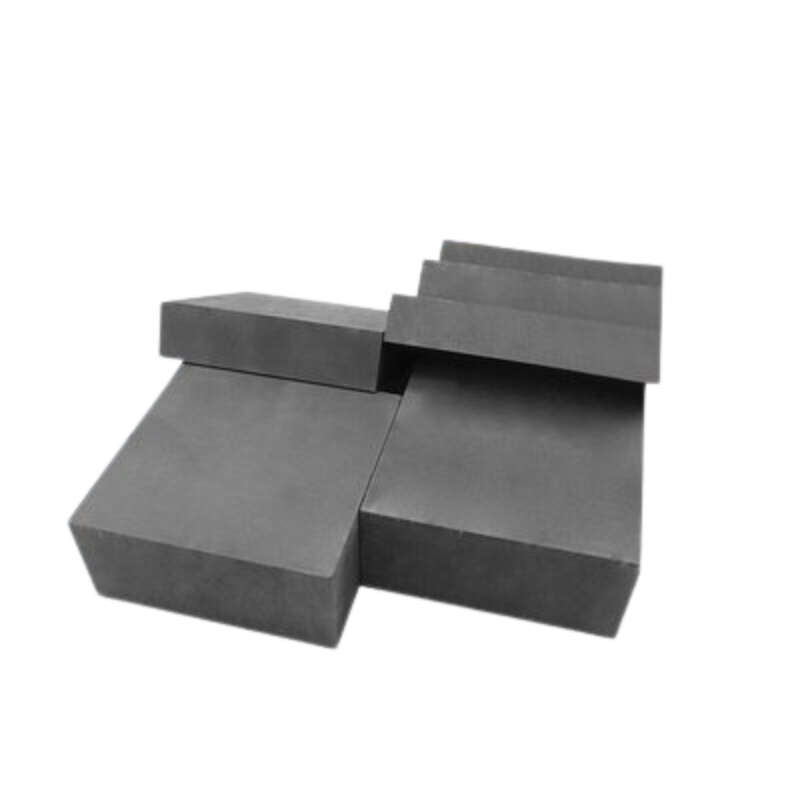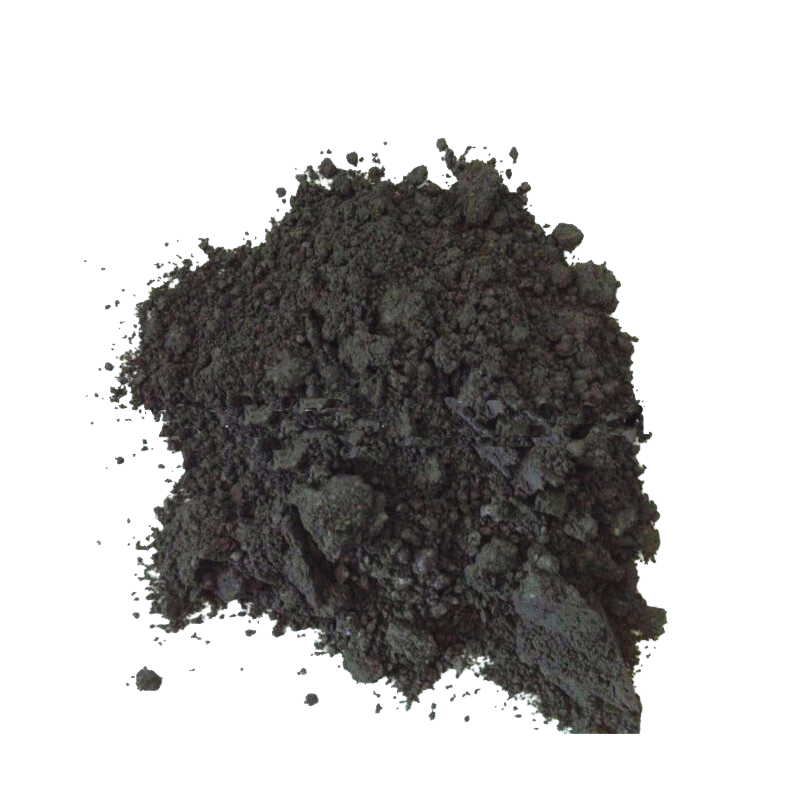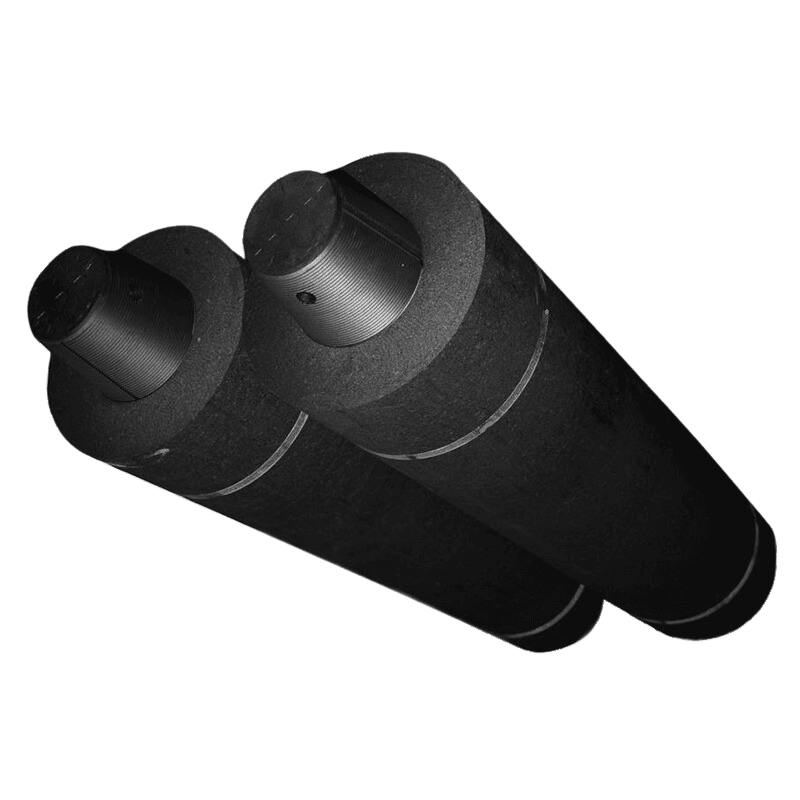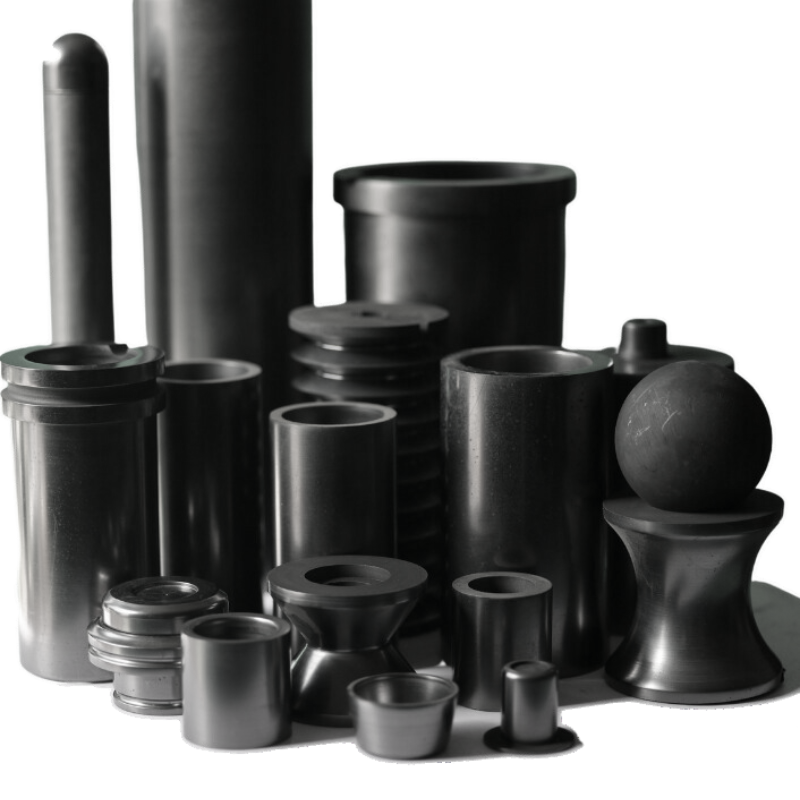The excessive generation of bubbles during the discharge process of graphite electrodes may be attributed to various reasons, which could be related to the electrolyte, electrode surface condition, current density, and other operational parameters. Here are some common reasons that may lead to the overproduction of bubbles during the discharge of graphite electrodes:
- Electrolyte Composition: The components of the electrolyte can influence the quantity of bubble generation. If there are gas-forming components in the electrolyte, such as dissolved oxygen in water or other gases, this may result in the formation of a significant number of bubbles on the electrode surface.
- Electrolyte Concentration: Both excessively high and low electrolyte concentrations can contribute to bubble formation. High electrolyte concentration may increase current density, leading to a higher production of gas. Conversely, too low electrolyte concentration may destabilize bubbles and increase the likelihood of gas release.
- Electrode Surface Condition: The state of the graphite electrode surface also affects bubble generation. Surface unevenness, contamination, or the presence of an oxide layer on the electrode may cause localized variations in current density, triggering gas release.
- Current Density: Excessive current density can induce the electrolysis of water in the electrolyte, producing gas. In some cases, it might be necessary to control the current density to enhance the selectivity of the products.
- Electrolyte Temperature: Higher temperatures generally reduce the solubility of gases in the electrolyte, promoting the release of gas. Elevated temperatures can contribute to an increased production of bubbles.
- Electrolysis Reactions: Specific electrochemical reactions during electrolysis can lead to gas production. For instance, the electrolysis of water results in the generation of hydrogen and oxygen gases, forming bubbles on the electrode surface.
- Stirring or Circulation System of the Electrolyte: Inadequate or improper stirring or circulation systems may cause uneven distribution of the electrolyte, affecting the distribution of bubble generation.
- Purity of the Electrolyte: Impurities in the electrolyte can impact gas generation. High-purity electrolytes typically reduce the likelihood of gas production.
Understanding and adjusting these factors can help optimize the discharge process of graphite electrodes, reducing unnecessary bubble generation, and improving the efficiency and selectivity of electrochemical processes.





